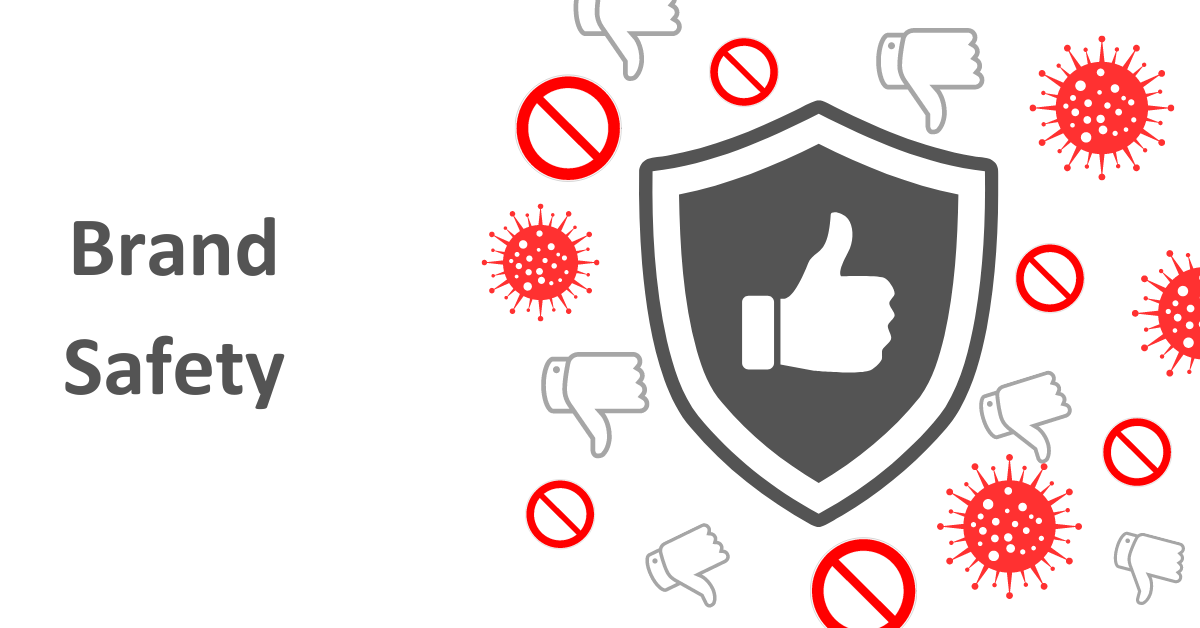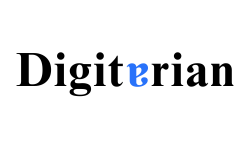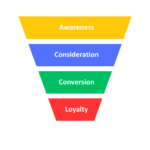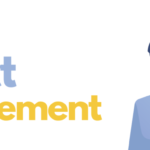
Introduction: What is Brand Safety and Why Does It Matter?
Meet John, a digital marketing manager for a mid-sized company that sells eco-friendly products. For months, he had been running a successful online ad campaign to boost brand awareness. Things were going well—until one day, a customer called him out on social media. The complaint? One of the company’s ads appeared next to an offensive video on a controversial website. Suddenly, John’s brand was linked to content that went against everything it stood for. This is the moment John realized the importance of brand safety.
So, what exactly is brand safety? In simple terms, it’s a set of practices and tools businesses use to ensure that their ads and content appear in environments that align with their values. Without it, your brand risks being tarnished by association with inappropriate or harmful content.
The Risks of Neglecting Brand Safety
Let’s dive a little deeper into what happened with John’s company. As soon as the ad was seen on that questionable website, customers began associating the brand with the site’s controversial content. Within hours, social media was buzzing with negative comments. Some long-time customers even threatened to stop buying from the brand. For John, it was a wake-up call: the brand’s reputation, painstakingly built over years, was suddenly in jeopardy—all because of an automated ad placement gone wrong.
Without brand safety measures in place, businesses can fall into similar traps. Here are a few common risks:
- Ads appearing next to offensive or harmful content: No company wants to be seen supporting negative or inappropriate content, whether it’s fake news, violence, or explicit material.
- Reputation damage: Just like in John’s case, once customers make negative associations, it’s hard to undo the damage.
- Loss of trust: In today’s social media-driven world, trust is everything. When customers see your brand in the wrong place, trust can evaporate overnight.
But the good news? These risks can be mitigated with proper brand safety practices.
Identifying Brand Safety Risks
After the incident, John knew he had to take action. He began researching brand safety risks, learning that there’s more at play than just ads being shown in the wrong places. Some of the biggest risks include:
- Programmatic advertising mishaps: When ads are placed automatically, they can land in undesirable spots, as algorithms don’t always have human judgment.
- Lack of control over where your ads go: Without the right settings, your ads can end up on questionable websites, harming your brand.
- Inconsistent brand messaging: If your ad content doesn’t align with the audience or platform where it’s shown, it can cause confusion or distrust.
Realizing the extent of these risks, John set out to protect his brand’s image.
5 Essential Steps to Protect Your Brand Safety
1. Use Ad Placement Controls
John learned that by using ad placement controls, he could prevent his ads from appearing on low-quality or harmful websites. Most advertising platforms, like Google Ads, allow you to exclude specific categories or websites. He set filters to avoid sensitive content and added specific domains to a “negative” list where his ads would never appear.
2. Adopt Content Verification Tools
To ensure that his ads only appeared in appropriate places, John started using content verification tools like DoubleVerify and Integral Ad Science (IAS). These tools actively monitor ad placements and block them from appearing next to harmful content. Now, John gets peace of mind knowing that his ads are safe.
3. Regular Monitoring and Reporting
Brand safety isn’t a one-and-done task—it requires constant vigilance. John set up a schedule to regularly check where his ads were being shown and requested reports from the ad networks. This way, he could catch potential risks early and prevent issues before they escalated.
4. Focus on Audience Alignment
John also realized that understanding his audience was critical for brand safety. By aligning his messaging with his customer personas (check out our guide to Customer Personas), he ensured that his ads resonated with the right people and weren’t misinterpreted. After all, if you know your audience well, you’re less likely to have your content misaligned with the platform or environment.
5. Rely on Premium Tools for Added Safety
For brands with a higher risk profile, premium solutions may be the best choice. John also explored AdSafe Media for extra layers of protection in ensuring that his ads only appeared in brand-safe environments. These premium tools often come with more detailed filtering and real-time tracking, giving businesses stronger control over their placements.
Real Results: How John Protected His Brand
After implementing these measures, John saw significant improvements in his brand’s performance and reputation. Customer trust began to rebuild, and negative associations faded away. The company also reported a 20% increase in positive engagement, as ads were now more aligned with the brand’s values and audience expectations.
Most importantly, John’s brand was no longer at risk of being associated with inappropriate content. With his proactive approach to brand safety, John ensured that his brand’s image remained intact, no matter where his ads appeared.
Conclusion: Why You Should Care About Brand Safety
In today’s digital landscape, brand safety is more critical than ever. Just like John, every business must take steps to protect its reputation and ensure that its ads and content align with its core values. By following John’s approach—using ad placement controls, adopting verification tools, and regularly monitoring ad environments—you can safeguard your brand and build a lasting relationship with your audience.
Remember, your brand’s reputation is one of your most valuable assets. Don’t let it be tarnished by poor ad placements or inappropriate associations. Take control of your brand’s safety today.




